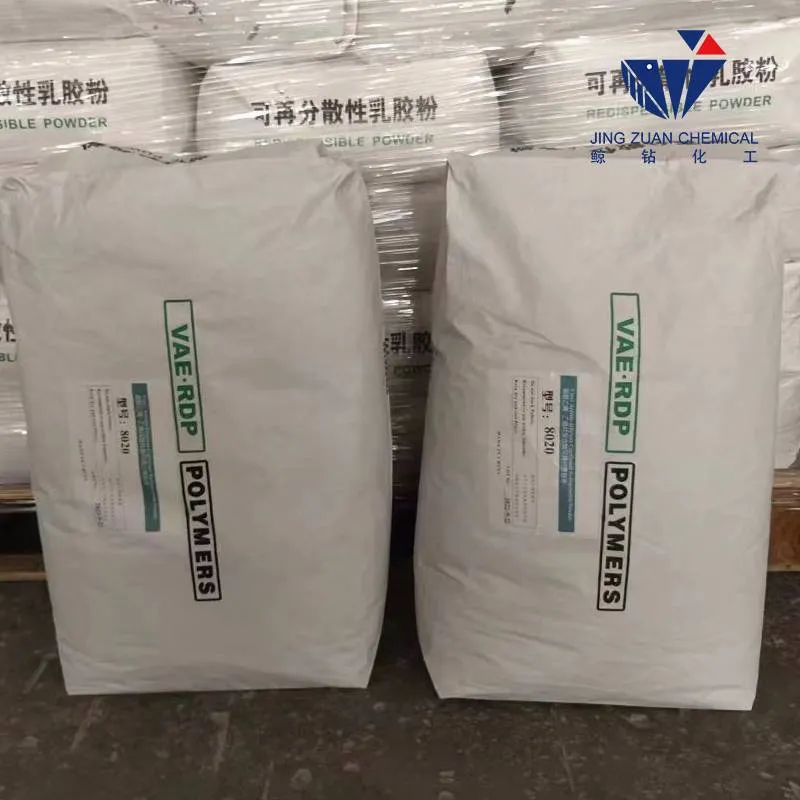
Dec . 13, 2024 19:06 Back to list
hydroxypropyl methyl cellulose msds
Understanding Hydroxypropyl Methyl Cellulose (HPMC) and Its Safety Data Sheet (MSDS)
Hydroxypropyl methyl cellulose (HPMC) is a widely utilized biopolymer derived from cellulose. It is a non-ionic cellulose ether that finds applications in various industries, including pharmaceuticals, food, cosmetics, and construction. The properties of HPMC, such as its film-forming ability, thickening, and stabilizing characteristics, make it a valuable ingredient in many products.
Composition and Properties
HPMC is produced by chemically modifying cellulose, resulting in improved solubility and functional properties. It is available in various grades, which are differentiated by their hydroxypropyl (HP) and methyl (M) substitution levels. The ratio of these substitutions affects the viscosity and solubility of HPMC in water. Typically, HPMC is white to off-white powder, odorless, and possesses good thermal stability. It can dissolve readily in cold water but remains insoluble in organic solvents.
Applications
1. Pharmaceuticals HPMC is extensively used as a binder and film-forming agent in the formulation of tablets and capsules. Its ability to control the release of active pharmaceutical ingredients makes it a preferred choice in sustained-release formulations.
2. Food Industry In the food sector, HPMC functions as a thickener, emulsifier, and stabilizer. It can improve the texture and mouthfeel of products such as sauces, dressings, and baked goods.
3. Cosmetics HPMC is often found in cosmetic products due to its moisturizing and thickening properties. It helps achieve the desired consistency and enhances the stability of emulsions.
4. Construction In the construction industry, HPMC is added to cement-based products such as tile adhesives and plasters to improve workability, adhesion, and water retention.
Safety Data Sheet (MSDS)
hydroxypropyl methyl cellulose msds

The Safety Data Sheet (MSDS) for HPMC provides essential information regarding its handling, storage, and safety precautions. Understanding the MSDS is crucial for ensuring safe usage and compliance with regulatory standards.
1. Hazard Identification HPMC is generally considered safe and poses minimal health risks when handled appropriately. However, the MSDS might list potential hazards such as eye irritation or respiratory issues if dust is generated during handling.
2. First Aid Measures In case of exposure, the MSDS outlines first aid measures. For instance, if HPMC dust or particles come into contact with the eyes, the affected individual should rinse their eyes with plenty of water for at least 15 minutes and seek medical attention if irritation persists.
3. Fire-Fighting Measures HPMC is not classified as flammable, but in the event of a fire, appropriate extinguishing agents should be employed, such as water spray, foam, or dry chemical. The MSDS provides guidelines on how to effectively manage fire-related incidents.
4. Accidental Release Measures In case of spills, the MSDS suggests avoiding dust generation and using appropriate personal protective equipment (PPE). Containment and clean-up should be conducted using suitable methods to prevent environmental contamination.
5. Handling and Storage Proper handling and storage conditions are highlighted in the MSDS. HPMC should be stored in a cool, dry place, away from direct sunlight. It is advisable to keep it in tightly closed containers to prevent moisture absorption and contamination.
6. Regulatory Information The MSDS may also provide information on the regulatory status of HPMC in different jurisdictions, including any specific handling guidelines set forth by local regulatory agencies.
Conclusion
Hydroxypropyl methyl cellulose (HPMC) is a versatile and essential substance used across multiple industries due to its unique properties. Familiarity with its MSDS is crucial for safe handling and application. By understanding the safety guidelines and potential risks associated with HPMC, users can ensure not only personal safety but also the integrity of the products in which HPMC is incorporated. Proper education and adherence to safety protocols will promote a safe working environment, fostering the efficient utilization of this valuable cellulose derivative.
-
Versatile Hpmc Uses in Different Industries
NewsJun.19,2025
-
Redispersible Powder's Role in Enhancing Durability of Construction Products
NewsJun.19,2025
-
Hydroxyethyl Cellulose Applications Driving Green Industrial Processes
NewsJun.19,2025
-
Exploring Different Redispersible Polymer Powder
NewsJun.19,2025
-
Choosing the Right Mortar Bonding Agent
NewsJun.19,2025
-
Applications and Significance of China Hpmc in Modern Industries
NewsJun.19,2025







